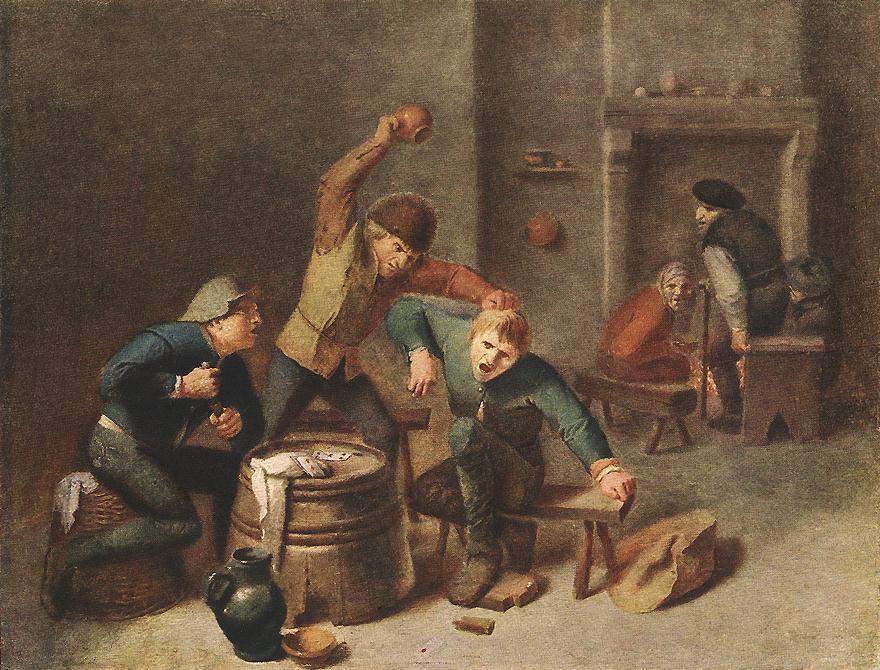- In the Traditional Family, there are usually many children.
* In the Nuclear Family, there are few children.
* * *
- The Traditional Family is normally made up of three generations interrelating amongst each other.
* In the Nuclear Family, there is normally no interrelationship between three generations.
* * *
- In the Traditional Family, there are many extended family relatives.
* The Nuclear Family has few extended family relatives.
- In the Traditional Family, the ambience diminishes tensions.
* In the Nuclear Family, the ambience aggravates tensions.
* * *
- In the Traditional Family, the child passes from infancy to maturity with fewer crises.
* In the Nuclear Family, the child confronts the crisis of adolescence head-on.
* * *
- In the Traditional Family, parents are identifiable psychological and professional models for their children.
* In the Nuclear Family, parents frequently are not role models for their children, who then look outside the family to find them.
* * *
- In the Traditional Family, the mother stays at home and the children are under her watchful eye.
* In the Nuclear Family, the mother frequently has a job and does not take care of the children personally.
* * *
- The Traditional Family resolves its own problems without having recourse to outsiders.
* The Nuclear Family frequently does not resolve its own problems, but seeks outside help.
* * *
- The Traditional Family is harmoniously integrated in society as a whole.
* The Nuclear Family lives oppressed, in conflict and crisis with the social structures.
* * *
- The Traditional Family’s stability is derived from faith and the observance of religious and moral principles.
* The Nuclear Family’s instability comes from the lack of faith and the lack of observance of religious and moral principles.
The Christian Institution of the Family: A Dynamic Force to Regenerate Society, by Tradition, Family, Property Association. Part II, Chapter 2, Pgs. 107-109.














